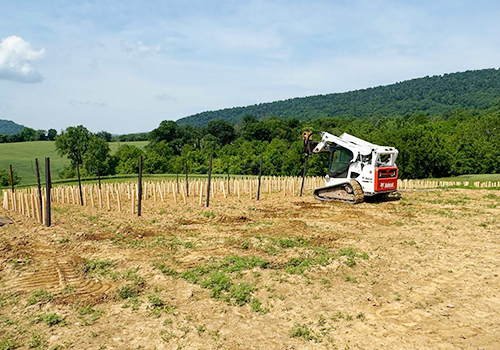- Holtwood, PA
- [email protected]
maximize productivity
Vineyard and Orchard Trellis Fencing
Growing fruit trees and vines requires strategic planning, especially when considering support and protection. Vineyard and orchard trellis fencing is a common agricultural technique that not only provides physical structure to plants but also enhances their productivity, health, and ease of management. Let’s explore what vineyard and orchard trellis fencing entails and how it benefits both small and large-scale farming.
What is it?
In vineyards and orchards, trellis fencing is a system of stakes, wires, or netting structures that supports the vertical and horizontal growth of plants like grapevines, apple trees, and other fruit-bearing plants. Trellis systems vary based on plant types, soil conditions, climate, and farming goals, but generally, they involve a series of posts and wires. The posts are anchored firmly into the ground, with wires stretched between them to provide a framework for the plants to grow against.
Trellis fencing helps train the plants as they grow, directing their branches or vines along the wires. In vineyards, it often includes multiple rows of wiring, which supports the vine’s branches and fruit. Orchard trellis fencing may vary by the type of tree, but it often uses similar principles to aid in organized, accessible growth.
Trellis fencing helps train the plants as they grow, directing their branches or vines along the wires. In vineyards, it often includes multiple rows of wiring, which supports the vine’s branches and fruit. Orchard trellis fencing may vary by the type of tree, but it often uses similar principles to aid in organized, accessible growth.
Types of Trellis Systems:
Different trellis systems serve different purposes and are suited to different types of plants. Here are a few common systems used in vineyards and orchards:
• Vertical Shoot Positioning (VSP): Commonly used in vineyards, VSP involves training the vine shoots to grow vertically upward, resulting in uniform rows and optimal exposure to sunlight.
• Geneva Double Curtain: This system splits the canopy into two curtains, improving light distribution and airflow, particularly beneficial for high-density vineyards.
• Espalier: Common in orchards, this trellis style trains branches to grow flat against the support, making it ideal for compact spaces and high-density fruit trees.
• Vertical Shoot Positioning (VSP): Commonly used in vineyards, VSP involves training the vine shoots to grow vertically upward, resulting in uniform rows and optimal exposure to sunlight.
• Geneva Double Curtain: This system splits the canopy into two curtains, improving light distribution and airflow, particularly beneficial for high-density vineyards.
• Espalier: Common in orchards, this trellis style trains branches to grow flat against the support, making it ideal for compact spaces and high-density fruit trees.

A crucial aspect of fruit farming, helping maximize productivity, simplify maintenance, and improve plant health.
Increased Yield and Fruit Quality
By training plants in organized rows, trellis fencing allows farmers to maximize space and encourages better fruit production. The controlled structure helps each plant reach its full productive potential, leading to larger yields of high-quality fruits. In vineyards, a well-implemented trellis system produces grapes with better flavor profiles due to uniform sun exposure.
Enhanced Sunlight Exposure and Airflow
Effective trellis systems help control the plant’s shape, allowing leaves, flowers, and fruits to receive optimal sunlight. For vineyards, sunlight exposure is critical as it enhances photosynthesis, impacting the development and flavor of the grapes. In orchards, trellising helps sunlight reach all branches, promoting even ripening of fruit.
Ease of Maintenance and Harvesting
A trellised structure simplifies tasks such as pruning, thinning, pest management, and harvesting. For instance, vineyard workers can easily access grape clusters, making harvest less labor-intensive. This efficiency saves time and reduces labor costs, particularly in larger operations where extensive maintenance is required.
Long-Term Plant Health
Trellis systems prevent the overcrowding of branches and vines, which can otherwise cause stress on the plant’s structure. By directing the growth and avoiding excess entanglement, trellis fencing promotes a stronger root system and healthier overall plant structure. It helps avoid excessive weight on individual branches, which can cause breakage and reduce productivity over time.
